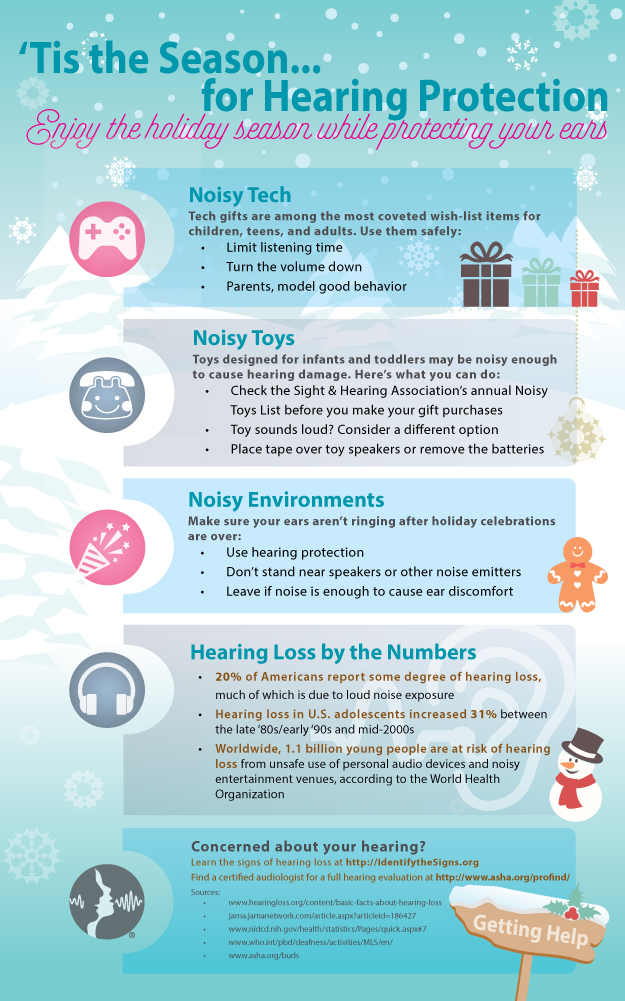Enhancing Learning: Dealing With Auditory Handling Issues In Dyslexia
Enhancing Learning: Dealing With Auditory Handling Issues In Dyslexia
Blog Article
Written By-Harrington Noble
When you take into consideration the challenges that dyslexic students face, it's clear that auditory processing issues often play a considerable function. You could wonder exactly how customized techniques can bridge the gap in between auditory instructions and comprehension. By incorporating visual aids and damaging jobs right into workable actions, you could boost focus and understanding. Nonetheless, the options do not quit there. What various other techniques can produce a truly encouraging learning environment that promotes success and confidence?
Recognizing Dyslexia and Auditory Handling
Dyslexia influences about 1 in 5 people, making it one of one of the most typical learning disabilities. If you're browsing dyslexia, you may locate that it does not simply influence reading and writing; it can also influence how you refine auditory details.
Auditory processing refers to exactly how your brain analyzes sounds, consisting of language. When you struggle with this, it can bring about difficulties in recognizing spoken directions and complying with conversations.
You might observe that you commonly misunderstand what you hear or that it takes much longer for you to react in discussions. This isn't a reflection of your knowledge; it's a certain trouble pertaining to processing acoustic signals.
Understanding this connection is critical since it assists clear up why you may master visual jobs while encountering difficulties in jobs that depend on acoustic comprehension.
Identifying these challenges can empower you. By recognizing the ins and outs of dyslexia and auditory processing, you can much better promote for your demands, whether in educational settings or social scenarios.
It's important to acknowledge these problems so you can look for the appropriate assistance and techniques in the future.
Efficient Strategies for Assistance
Browsing the difficulties of auditory processing can feel overwhelming, yet there work approaches that can assist you thrive.
By implementing these strategies, you can improve your knowing experience and boost your ability to procedure auditory details.
- ** Use aesthetic help **: Coupling acoustic instructions with visual assistances, like graphes or layouts, can dramatically boost comprehension.
- ** Break tasks right into smaller steps **: Streamlining guidelines right into workable chunks allows you to concentrate and refine info more effectively.
- ** Practice energetic paying attention **: Take part in workouts that motivate you to listen diligently, such as summarizing what you've heard or asking questions for information.
- ** Incorporate modern technology **: Utilize applications or software designed to help with auditory processing, such as speech-to-text devices or audiobooks, to strengthen understanding.
Creating Supportive Knowing Settings
Creating a helpful understanding environment is vital for helping people with acoustic handling difficulties are successful. Beginning by reducing disturbances in your classroom or discovering space. Use auditory processing disorder symptoms or soft furnishings to soak up noise, which can aid trainees concentrate far better. Make sure seating plans allow for clear sightlines to the educator and any kind of aesthetic aids.
Next off, incorporate clear and concise interaction. Speak slowly and make use of straightforward language, looking for comprehending regularly. Urge students to ask concerns if they're uncertain. Visual aids like graphes, layouts, and written instructions can enhance understanding and retention.
Additionally, promote a culture of persistence and understanding among peers. Educate students about acoustic processing issues, promoting empathy and assistance. please click the following article can be advantageous; simply make certain that roles are clear and that students interact to sustain each other.
Lastly, provide normal responses. Celebrate development and success, regardless of exactly how tiny. This inspiration builds confidence and strengthens the idea that knowing is a trip.
Conclusion
In your trip to improve finding out for people with dyslexia, consider each technique as a tipping stone across a river. By weaving together auditory and visual aids, damaging tasks right into bite-sized items, and supporting a helpful atmosphere, you aid create a bridge to understanding. Keep in mind, cultivating empathy amongst peers and appealing families can light the path to success. With patience and commitment, you'll empower students to overlook difficulties, transforming their struggles into toughness.
